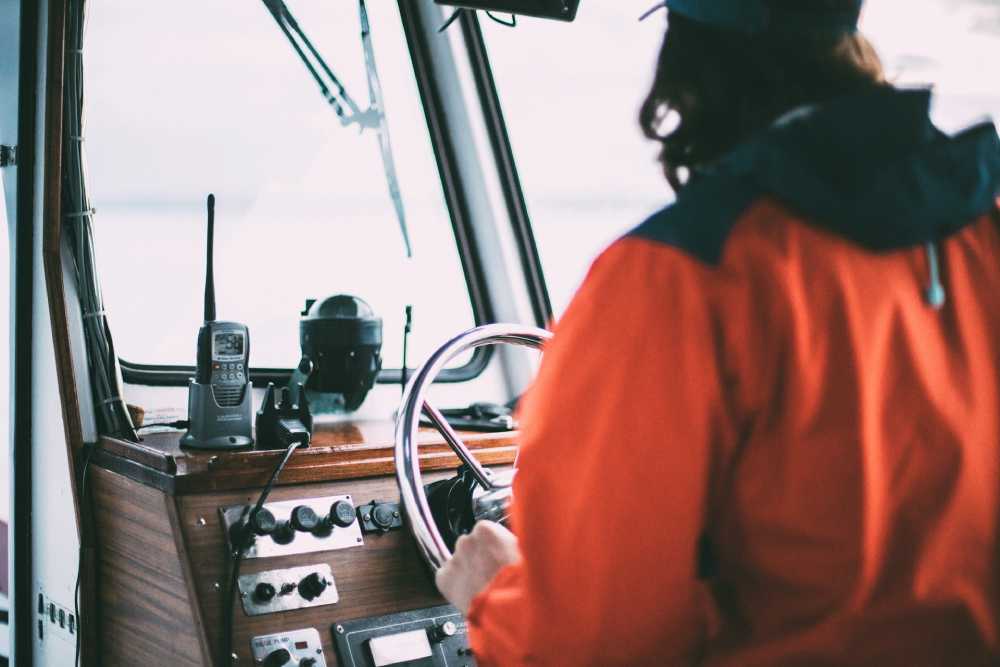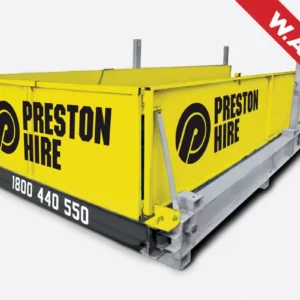Your handheld VHF is a vital safety tool, providing an on-water line of communication to call drawbridges and locks, hail friends, communicate about passing and being passed, and get weather.
Waterproof
A handheld VHF radio is your backup in an emergency or if your boat’s fixed unit fails. They allow you to hail drawbridges and locks, communicate with your friends and the marina staff, call weather stations, and identify vessels around you.
If you’re shopping for a new handheld, look for one that’s waterproof and has a high IPX rating, meaning it can be fully submerged. You’ll also consider if you need a dual-watch or tri-watch model, allowing you to monitor two or three channels simultaneously.
Battery Life
A handheld radio is a lifeline if flooding, fire, or electrical failure turns your boat off. It’s battery-powered, so it can function independently of your ship, even when the power is out on board. Many are waterproof and float, making them excellent backups for fixed-mount VHF radios.
A high-quality squelch function and reliable noise cancellation are essential for marine radio. A quality squelch eliminates background noise from wind, engine, and waves to let you hear clearly.
Some handhelds include DSC, which allows you to send a digital signal with your location to the Coast Guard with a button. This is a critical safety feature, particularly in the case of an automated emergency call.
Learning how to make efficient calls and use all of the functions on your radio is one of the quickest, easiest, and least expensive methods to improve your boating safety.
Floating
The ability to use your handheld radio while in the water is essential. Luckily, manufacturers have developed models capable of floating in case they’re dropped overboard. If you’re shopping for a new VHF radio, check whether it has this feature.
A waterproof model should also be equipped with a dinghy hook, making it easy to retrieve in an emergency. Some models even have a built-in GPS that displays your position on the display.
A waterproof handheld should also be used with an external GPS, allowing you to track your position and share it with other vessels. You may also pair a Bluetooth headset with your radio to converse hands-free while using it.
Size
Handheld marine radios are one-piece devices that look more like walkie-talkies than mounted radios. Their portability makes them useful in an emergency, allowing you to contact other vessels and call the US Coast Guard or other rescuing agencies should a calamity strike.
They are also independent of a vessel’s power and antenna, giving them added utility as backup devices. Constant advances in lithium-ion batteries (buy only certified Li-ion models) have enabled some handhelds to transmit at up to six watts.
Many of the latest radios also include AIS and embedded GPS receivers. Others have DSC functionality that, when adequately registered for and programmed with your MMSI number, tells first responders who you are and where you are located.
Most have a jack for an external speaker microphone, adding convenience and clarity at the helm. They are small enough to slip into the pocket of a foul-weather jacket for a foggy night watch or into your sea bag for a charter adventure.





